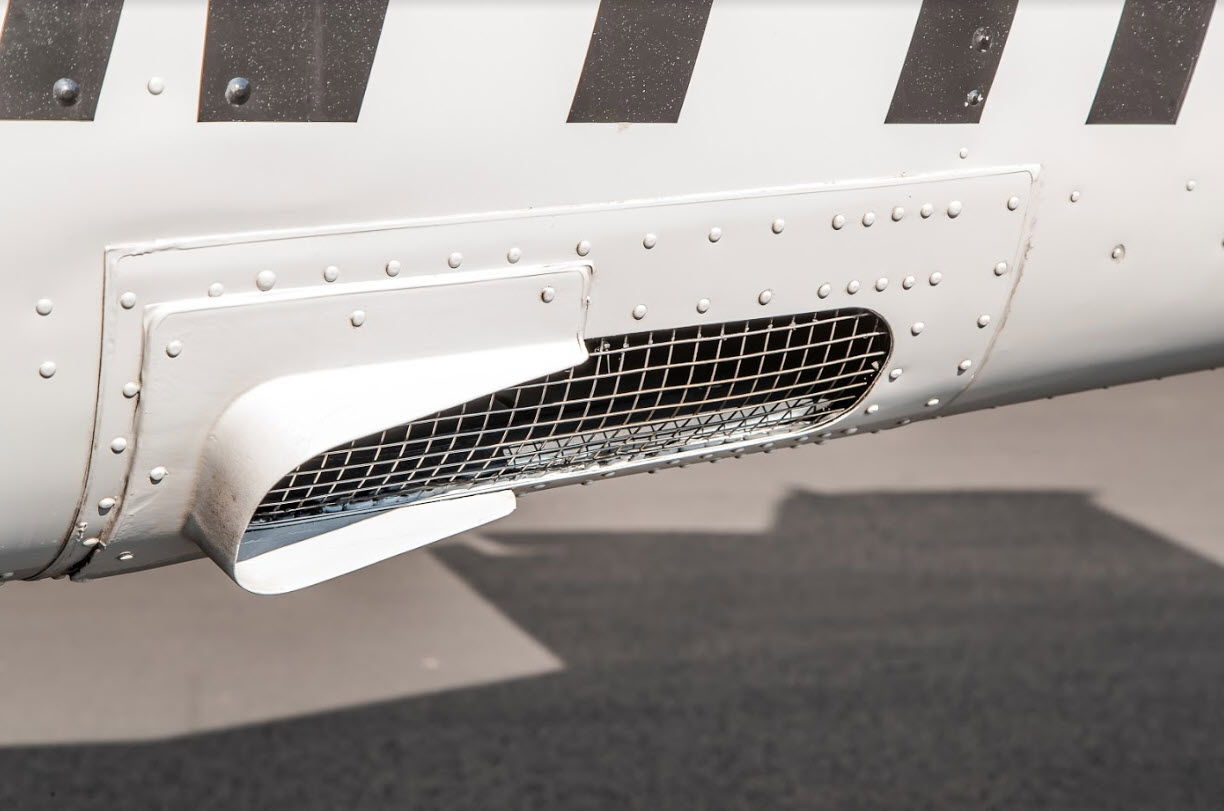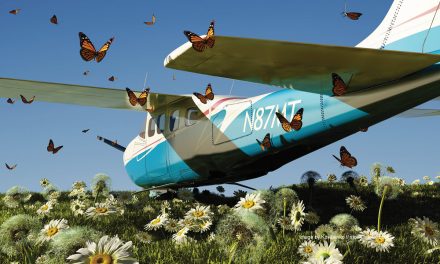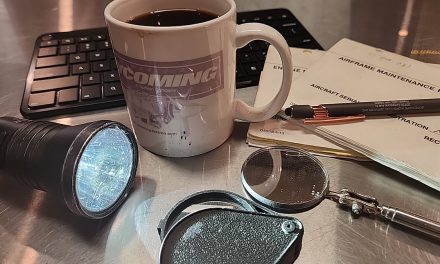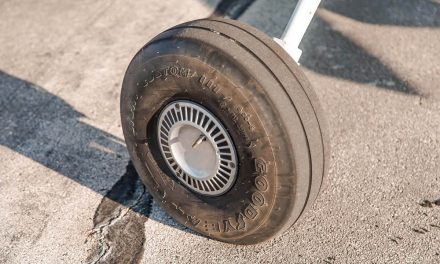
Photo by Jack Fleetwood
By Floyd Allen
You can be sure that the first thing Yogi Bear and Boo Boo will do when they wake up in Jellystone National Park this spring is go find a couple of “pic-a-nic” baskets to refuel themselves after a long winter slumber. Always a pragmatist and one who believes in taking care of “first things first,” Yogi might be a good one to emulate when you take your plane out after its winter-long hibernation.
What follows is our experts’ guide to checking seven basic areas of your plane before you head off into the wild blue yonder this spring.
1. Exterior
“It is unbelievable how often wasps or other insects will choose the pita tube to build a nest,” said Phil Sanders of Triple S Repairs. And, that isn’t the only place you should check to see if something has made a home while your craft was down. Static pressure orifices are another great place for critters to dwell and, of course, can present a problem if they do.
“While you’re examining the outside of the plane,” Boyd Maddox, owner of B & D Repairs in Houston, Texas, suggested, “you will want to check the flaps and elevators.”
The goal here is twofold. First, you want to make sure that nothing got bent during downtime. Next, be sure to lubricate the flap hinges and the control surfaces. “I always make sure to verify that the trim tab on the vertical stabilizer isn’t damaged or bent, either,” Sanders added.
All of our experts were quick to point out that an over-all inspection of the skin is in order. Make sure there are no “ruptures” in the skin and that there’s no corrosion that might get out of hand if not attended to.
2. Propeller
“The thing to remember here,” began Parrish Traweek of PC Aircraft, “is that the degree of inspection needed will vary depending on what type of prop you have— fixed pitch or variable.” In the case of the fixed pitch, you will want to run your hand down the blade edges and make sure there are no dings. Next, give it a thorough inspection checking for corrosion. With the variable pitch you are undoubtedly going to want to pump some #7 grease into it. You will want to check the variable for damage and corrosion as well. In both cases, be sure to check for any seepage or oil leaks.
3. Wheels & Tires
“Most people think to check the tires,” Sanders offered, “but quite often overlook the fact that they need to pack the wheel bearings with lots of grease too.”
There are several things to look for when inspecting the tires. Frequently, air pressure is lost during hibernation as air can escape from the tubes. You will also want to make sure that there are no slow leaks after you bring the air pressure “up to snuff,” so that you are not faced with a problem later down the line.
After air pressure has been attended to you will want to check the sidewalls for cracks and, heaven forbid, dry rot. Either of these can cause a major problem at the most inopportune times.
4. Glass
“One might think there isn’t much to be concerned about where glass is concerned,” Maddox observed, “but you can’t take it for granted that everything is totally copasetic.”
The first step is to wash it with clear water and a soft cloth so as not to scratch it. Then, a thorough inspection for cracks and crazing will ensure that visibility and safety issues are in proper order. You should also check that all windows are still sealed properly to prevent any leaks during a storm or washings. Finally, you may want to use a good Plexiglas wax or cleaner preparatory to the first flight of the year.
5. Engine
Our experts all agreed that one of the major issues where the engine is concerned is the oil and oil filter.
The general consensus is that, regardless of how much time was on the oil when you “mothballed” the plane, the best thing to do is simply drain the oil and replace it. It is imperative that you do a thorough inspection and make sure no critters chose the engine area of your plane for their home during the hibernation period. This would include both all intakes and exhaust areas.
Your next area of concentration should be the plugs. You will want to pull them and make sure there is no condensation. While the plugs are out, turn the engine over to build up oil pressure to ensure that everything is well lubed.
Next, make sure that your battery is well charged and in good working order, and check the hoses to make sure there are no cracks and that they are not brittle.
6. Gas & Gas Tanks
“While most pilots know that gas has a shelf life, they often forget,” said Traweek. “That’s why I suggest that if the hibernation was for an extended period of time it may be a good idea to drain the tanks and start with fresh gas.”
At the very least, make sure that your sump the tanks really well and get rid of all of the water. If your craft is “stored” outside, it is possible that you might get up to a gallon of water build up over the course of the hibernation period.
In conjunction with this, you will want to check the gascolator as well to make sure it is still doing its job properly.
Lastly, verify that the gas cap is still sealing properly. “It is imperative that after your plane has been stored for a period of time you make your pre-flight check even more extensive than usual,” said Phil Sanders, Triple S Repairs Kingman, Arizona.
7. Interior
“This is another area where critters love to make themselves right at home,” Sanders explained. “Your inspection here needs to be extremely thorough as well, for if they ‘nested’ in areas where wires or cables run, their urine could have very adverse effects by causing corrosion if not attended to properly.”
“One quick thought,” Maddox offered, “I have found that if you want to keep the mice out of your plane during ‘mothballing’ period, take some dryer strips, shred them, and put them in the cock-pit. They (mice) just plain don’t like the smell.”
In addition to inspecting for unwanted “house guests,” check and make sure that all your avionics are in proper working order. Be on the lookout for mold and mildew and make sure to clean it up if you should, in fact, find any. Also, before the first flight of the year, you may want to give the craft a good cleaning so that it looks as good as it runs.
Before your first flight, take the time to taxi around a bit and make sure that everything is, in fact, working properly. It is far better to discover an issue at ground level than at eight or ten thousand feet!
These are the things that should be done before a first flight when your plane comes out of hibernation. And you will do them if, like Yogi, you are “smarter than the average bear.”
About the Author
Floyd Allen is an educator and freelance writer in Phoenix, AZ, where he is a professor of history at American Indian College. In addition to writing magazine articles, Floyd is a professional blogger and novelist.





